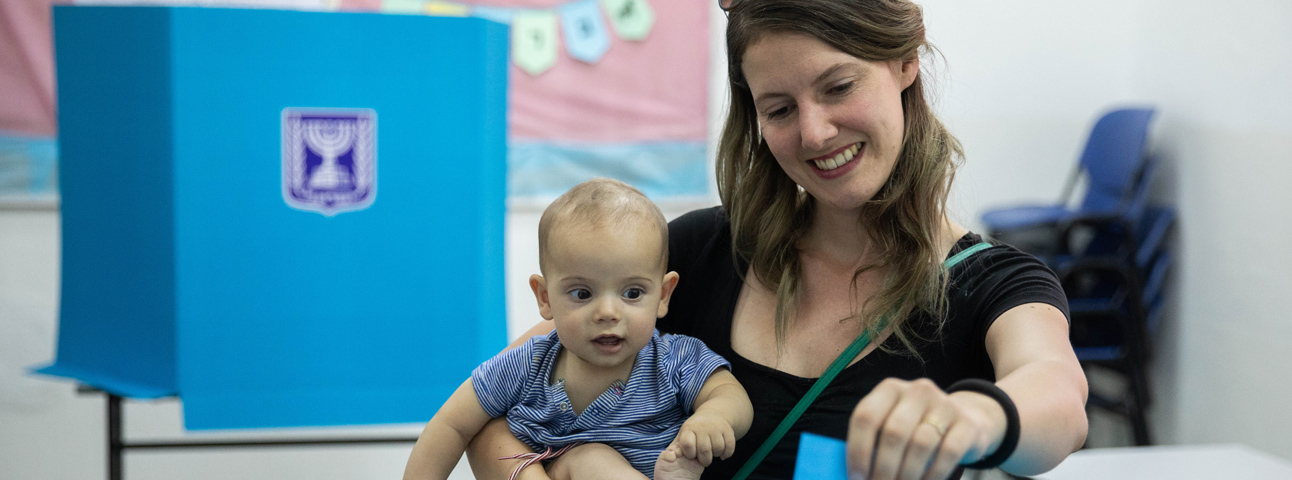Getting Stay-at-Home Potential Voters to the Polls for Israeli Elections
Rather than “packaging” voting as a political, civic and moral obligation, we should try instead to get these potential voters to think about the personal benefits to be gained by going to the polls.

Flash 90
In an attempt to crack the code of stay-at-home Israelis and get them to go to the polls on Election Day, the conversation needs to be changed. Rather than “packaging” voting as a political, civic and moral obligation, we should try instead to get these potential voters to think about the personal benefits to be gained by going to the polls.
Nonpartisan campaigns to encourage voting come up against the same wall. Their messages are heard loud and clear precisely by those who will in any case go out to vote. But their true target audiences are very different: the indifferent and those who don’t think it’s important to vote or to be politically involved.
How can we change this?
First, we have to use local content, not something copied from abroad. In this age of globalization, many campaign professionals copy ideas and even entire get-out-the-vote drives from other democracies. But these campaigns are unnecessary and even harmful. Voters in one country are not the same as those in another country, and people simply don’t trust campaigns that have been imported from outside.
This brings to mind V15, a movement that gave itself a name in English and imported its messages and slogans, such as “Time for Change,” from Barack Obama’s 2008 election campaign. As a result, the campaign was perceived by many inconsistent voters in Israel as detached from the Israeli scene and not trustworthy.
Second, the target group needs to be presented with open and positive questions that invite them to continue the discussion and encourage them to think about personal and pragmatic motives for voting. From this perspective, the positive slogan, “The easiest way to have an impact? Just vote!” (a rhyme in Hebrew), which the Central Elections Committee used in its get-out-the-vote campaign prior to the April 2019 election, was a major improvement over the negative “Constant Complainers’” of the 2015 campaign, which focused on criticism of those who could not be bothered to vote.
An example from an effective get-out-the-vote campaign by a Canadian NGO is a picture with the slogan, “There are a million reasons to vote. What’s yours?” alongside a list of the issues on the campaign agenda.
It would also be a good idea to use verbs that do not directly relate to voting because the apathetic stay-at-homes will respond better to verbs such as “think,” “imagine” and “want,” rather than those associated with voting and its results, such as “choice,” “consideration,” “voting” and “influence.”
Verbs in the first category encourage the target group to independently reflect on their ideas, interests and their preferred solutions to various problems on the agenda, whereas those in the second category draw their attention to the candidates’ empty campaign promises or to the technical aspects of voting.
Finally, graphic designs should be simple and readily understood.
The consistent increase in voter turnout for the Knesset elections of 2009, 2013 and 2015 must continue so that the low turnout in the last elections proves to be a passing phenomenon and not a new trend, for the sake of all Israeli citizens and for the sake of Israeli democracy.
The article was first published in the Jerusalem Post.
